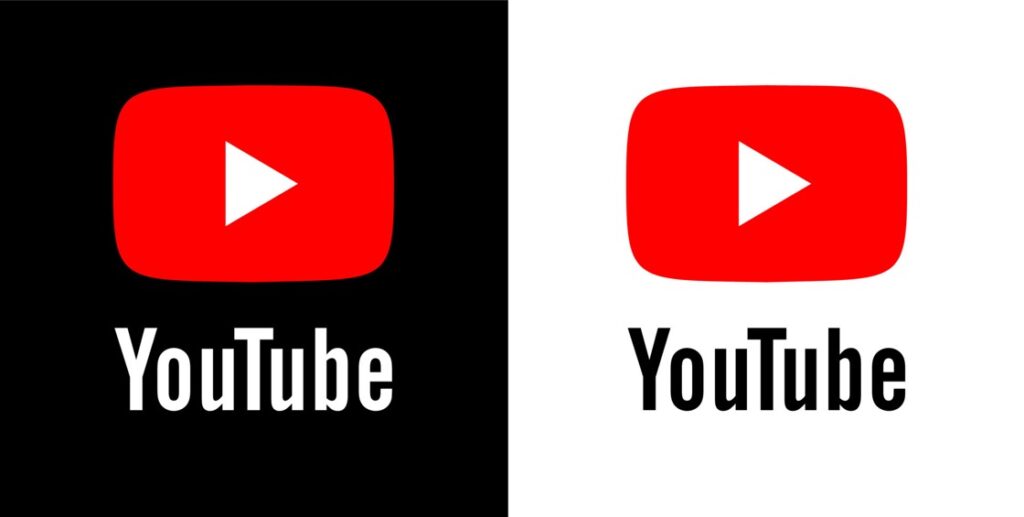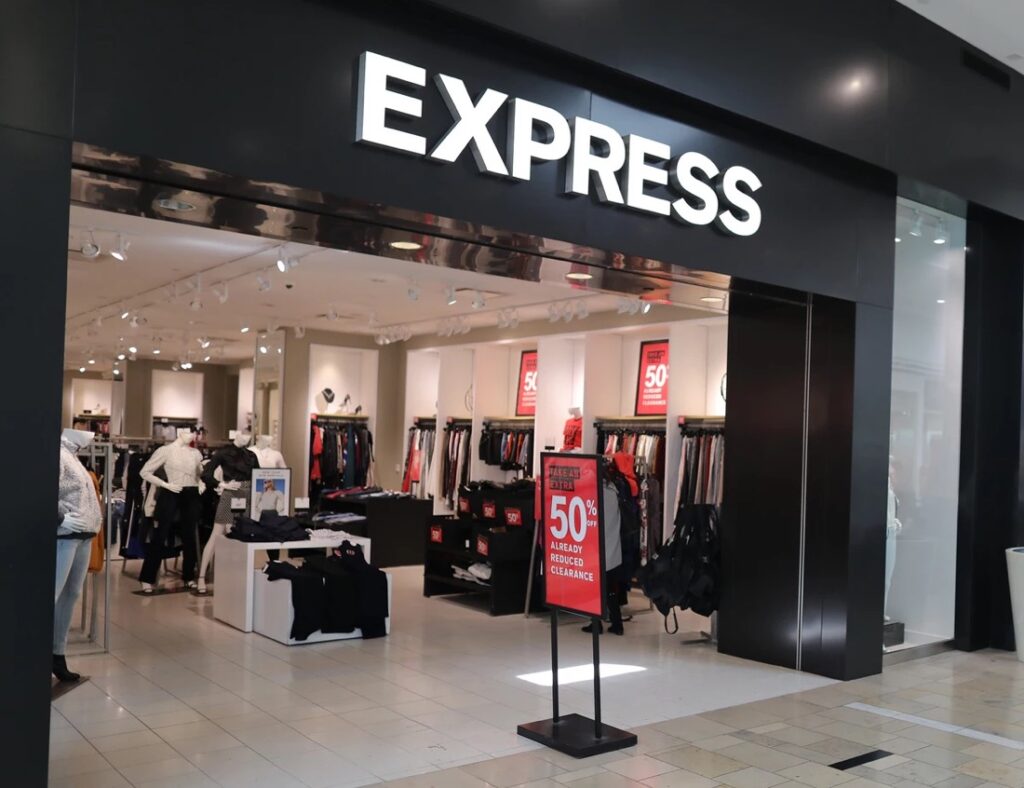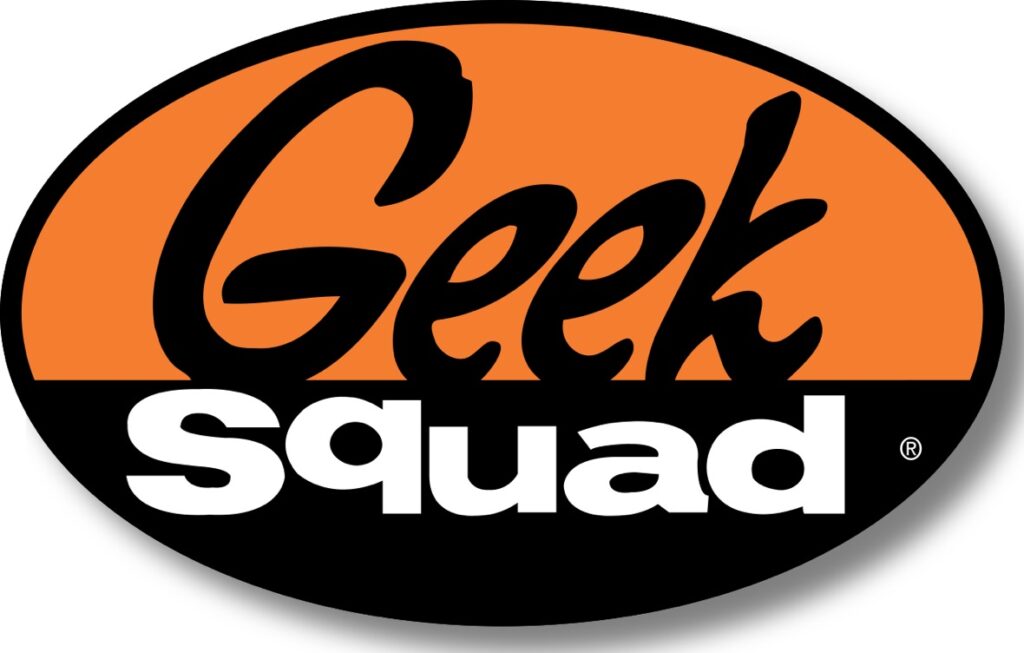Using Contrast in Branding
Marks can be distinguished by contrast. Generally speaking, it is more difficult to make a mark stand out the less contrast it has, both internally and with its surrounds.

“Graphic identity” suggests a significant contrast. A “graphic” identity exists as a simplified, abstracted, high-contrast representation of something. Effective graphic identities frequently compare two items by using contrast. Usually, that analogy sparks discussion and leaves the audience wondering: Why does this letter have a different weight than that one? What distinguishes this shape from the others? What does all of this mean? Is it a joke? Does it allude to a deeper significance? Does it suggest uniqueness, diversity, or evolution?
When creating significant, well-composed graphic identities, contrast is a potent weapon.
Elements of Contrast
Contrast depends on its surroundings. High contrast is not necessary for a mark to be readable when it is displayed on a sheet of white paper or another high-resolution background. In actuality, the difference is so great that even a skilled mark may appear unpolished.
The mark must stand out from its surroundings when used as part of an identity scheme. Although it might seem apparent, this might actually be difficult to do.

Contrast in a software application includes, among other things, substrate, ambient light, backlighting, reflection, texture, angle, translucency, movement, time, and interactivity in addition to visual aspects like color and scale. For example, if someone asks, “Make the logo bigger,” you may redo it, make everything else gray, or tint the background. There are numerous ways to increase the contrast between a logo and its surrounds, but enlarging it is undoubtedly one of them.
Straying From the Mold
Strong brand identities contrast with the market environment as a whole as well as with their leading rivals. Beginning with positioning, which should emphasize points of uniqueness, contrast in brand identity can be expressed through meaning, program application, and graphic style.
Effective use of contrast makes brand identities stand out from the competition in terms of appearance, feel, and behavior. For instance, Geek Squad distinguishes themselves from other computer tech support organizations with a corporate identity based on NASA engineers from the Apollo period and vintage TV police dramas…

Naturally, designers need to go deeper because competition makes it more difficult to stand out. Finding blue oceans—new, uncontested markets with room to grow—is becoming more and more important for differentiating a business. Try zagging when others zig.
